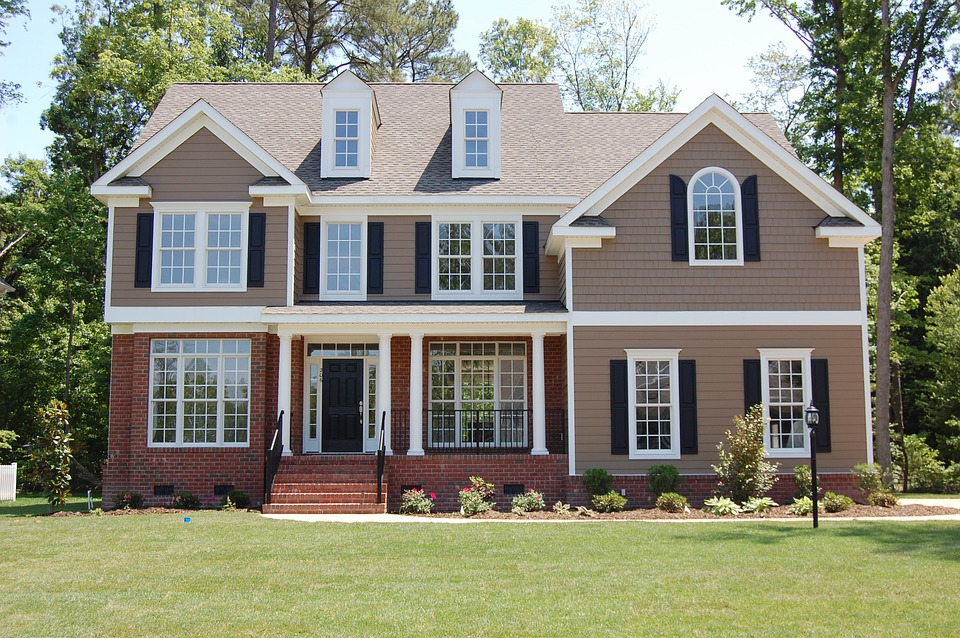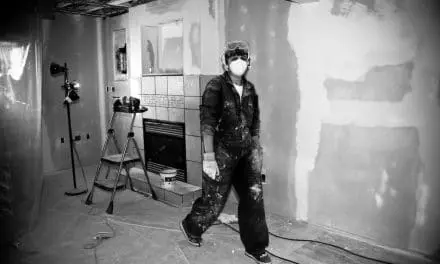Why should you aim for LEED certification for your home? Is it worth it to put forth the extra effort? Building and renovating with the environment in mind can be challenging on their own. Adding in a certification process may seem too daunting for many homeowners, but it’s worth it. There are many benefits of LEED-certified homes – they’re healthier, they save homeowners money, they’re trusted, and they’re more valuable than the conventional alternatives. Sound appealing? Read on to learn more.
‘LEED in Motion’ is a report series from the U.S. Green Building Council (USGBC) that provides a holistic snapshot of the green building movement and the most widely used green building rating system in the world: USGBC’s LEED (Leadership in Energy and Environmental Design). ‘LEED in Motion: Residential’ is the most recent report and it examines how LEED-certified homes, apartments and condominiums are transforming the industry and the lives of dwellers around the world.
From the report, here are some of the many benefits of LEED-certified homes (that are also benefits of LEED-certified buildings in general):
HEALTH
LEED-certified homes are designed to maximize fresh air indoors and minimize exposure to airborne toxins and pollutants. A number of LEED credits and credit categories tie directly to the occupant experience, enhancing health and wellbeing.
- Energy and Atmosphere – Energy efficient residences burn fewer fossil fuels, which decreases the associated air pollution from buildings.
- Location and Transportation – Homes or multifamily buildings located near community resources and public transit lines enable occupants to drive less and walk/ bike/utilize public transportation more. This empowers tenants or homeowners to be more physically active, while emitting fewer pollutants from their cars, making the entire community healthier.
- Ventilation and Enhanced Ventilation – Proper ventilation brings fresh air into a home while flushing exhaust contaminated air out, making indoor air cleaner and healthier for occupants.
- Combustion Venting and Enhanced Combustion Venting – This type of venting keeps carbon monoxide and other dangerous combustion byproducts out of the house and out of residents’ lungs.
- Garage Pollutant Protection/Enhanced Garage Pollutant Protection – Due to vehicle exhaust and other aspects, garage air is often unhealthy. These credits keep it out of single family homes and multifamily buildings.
- Radon-resistant Construction – Radon is a leading cause of lung cancer. This credit focuses on keeping radon out of the building or home.
- Air Filtering – Proper air filtering removes indoor air contaminants (dust, mold spores, etc.) from the air that occupants breathe.
- Environmental Tobacco Smoke/No Environmental Tobacco Smoke – These credits prevent second-hand smoke transfer.
- Compartmentalization/Enhanced Compartmentalization – Key for multifamily projects, these credits prevent air, odor, and smoke transfer between units.
- Low-emitting Products – Installing products in the home that emit fewer volatile organic compounds (VOCs) ensures a healthier experience.
SAVINGS
LEED-certified homes are designed to save costly resources—energy and water – and using fewer resources means lower utility bills each month.
Based on the average HERS ratings for each level of LEED certification, these homes could potentially see energy reductions of:
- Up to 30% (for LEED Certified homes)
- Approximately 30% (for LEED Silver homes)
- Approximately 48% (for LEED Gold homes)
- 50-60% (for LEED Platinum homes)
TRUST
They’re third-party inspected, performance-tested, and certified to perform better than a conventional home.
- More than 196,500 units have been registered under the LEED for Homes rating system. 82,000 of those units have been certified under LEED for Homes; nearly half of those units are in the affordable housing sector.
- By 2016 the green single-family housing market is estimated to represent 26%-33% of the market.
VALUE
With proper planning, green homes can be built for the same cost as conventional homes, and they’re resold for more money in less time than traditional homes.
- Researchers found that between 2007 – early 2012, the value of homes in California with a green certification label was an average of 9% higher than comparable, non-certified homes.
- A 2008 study conducted by McGraw-Hill Construction and USGBC found that the mean price of green homes purchased by survey respondents was $296,000; the median was $239,000.
- The Earth Advantage Study in 2011 found that, on average, green-certified new homes sold for 8% more than non-certified green homes. Resales of existing green homes sold for an average of 30% more than conventional homes
Plus, LEED homes can qualify for discounted insurance, tax breaks and other incentives.





![10 Steps Toward a Zero Energy Home [Infographic]](https://elemental.green/wp-content/uploads/2016/04/cbfb-440x264.jpg)


